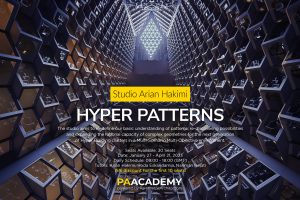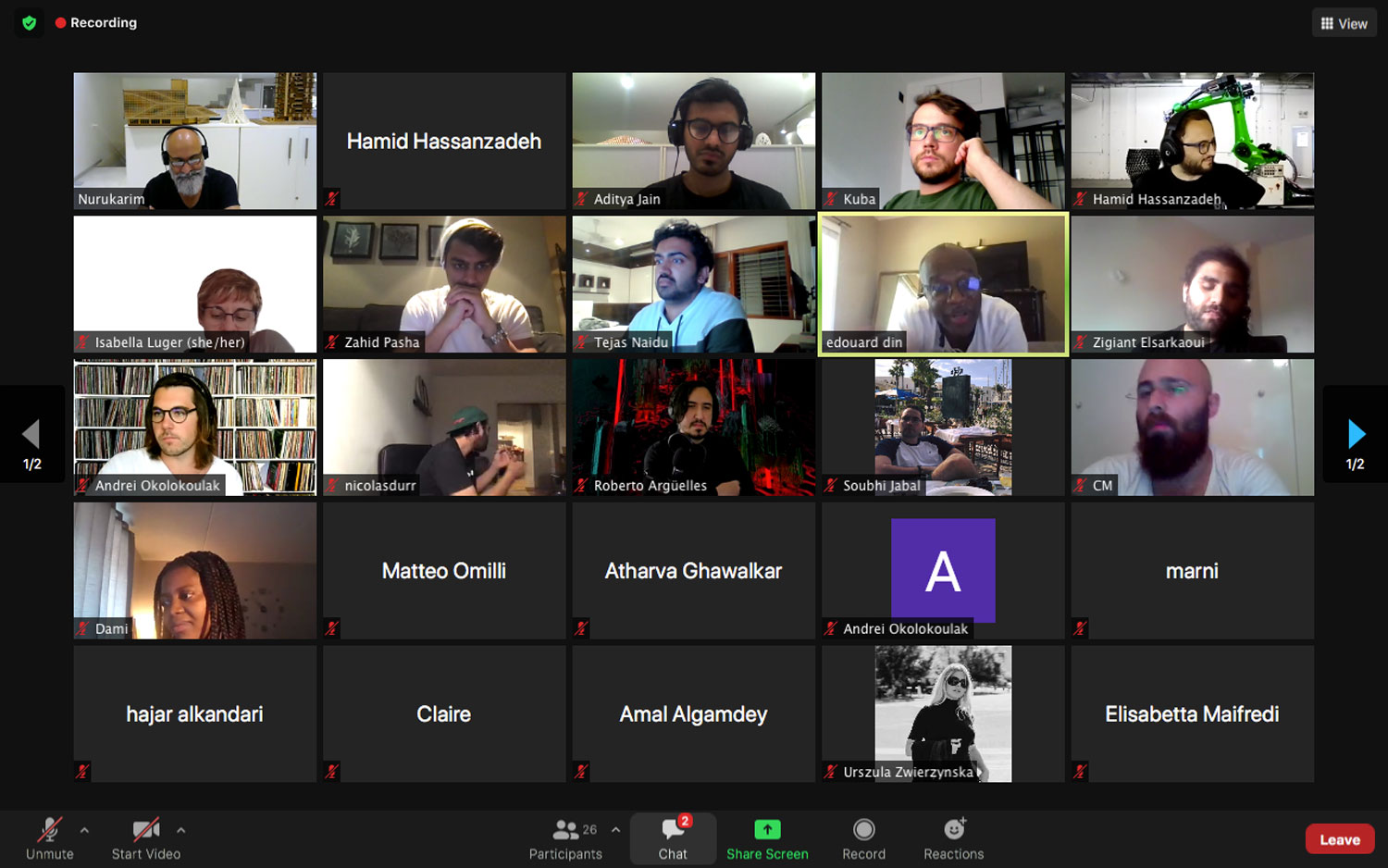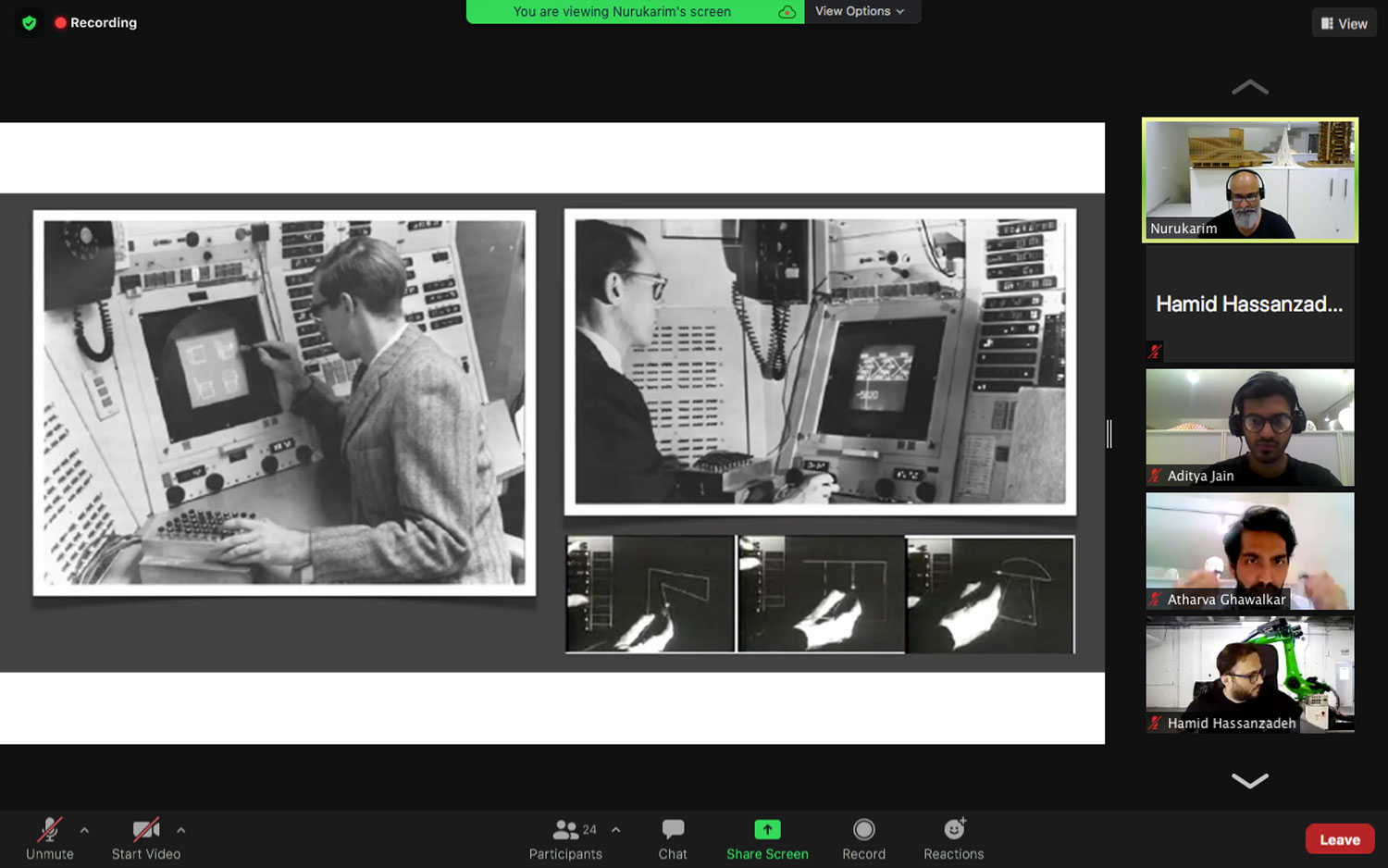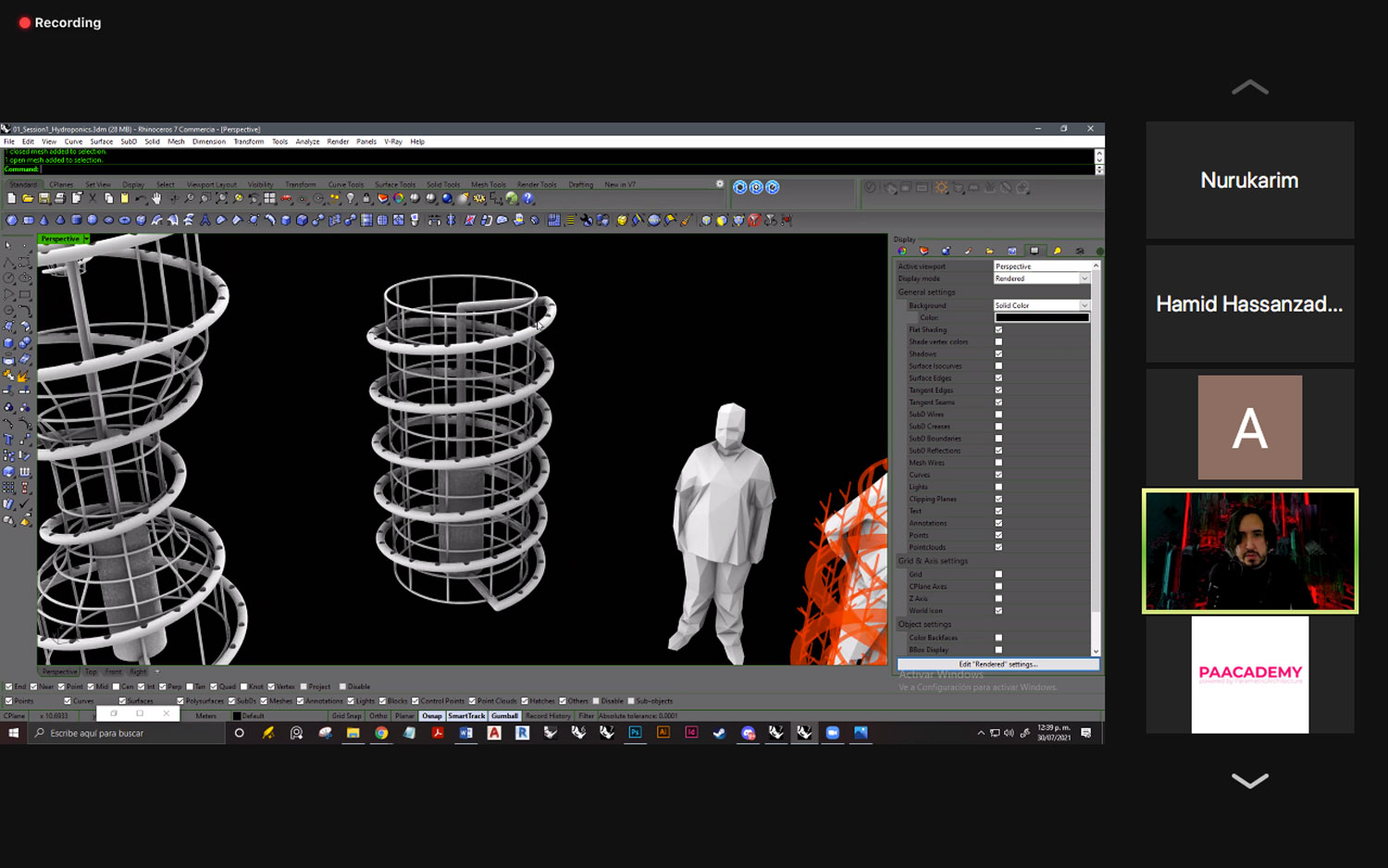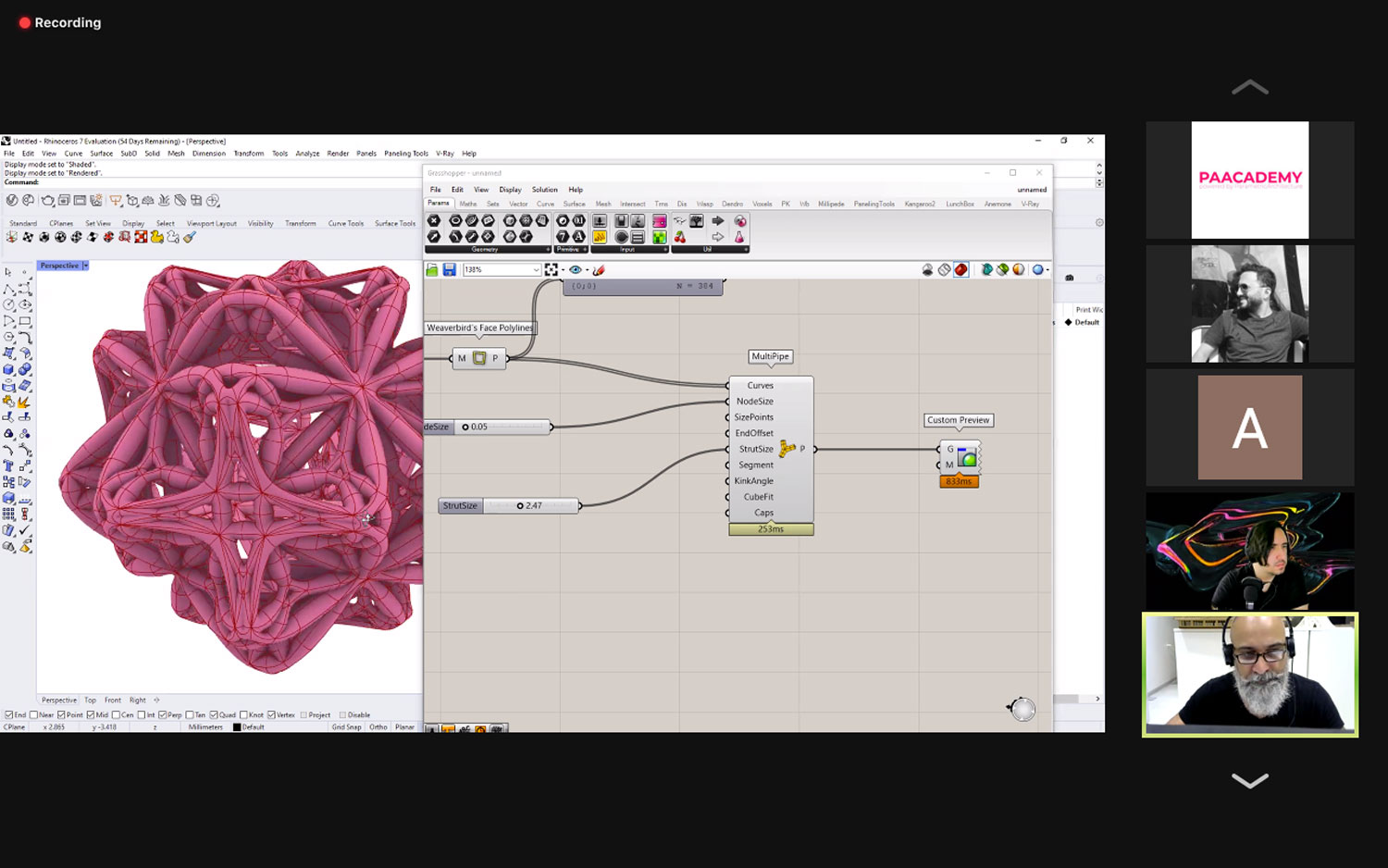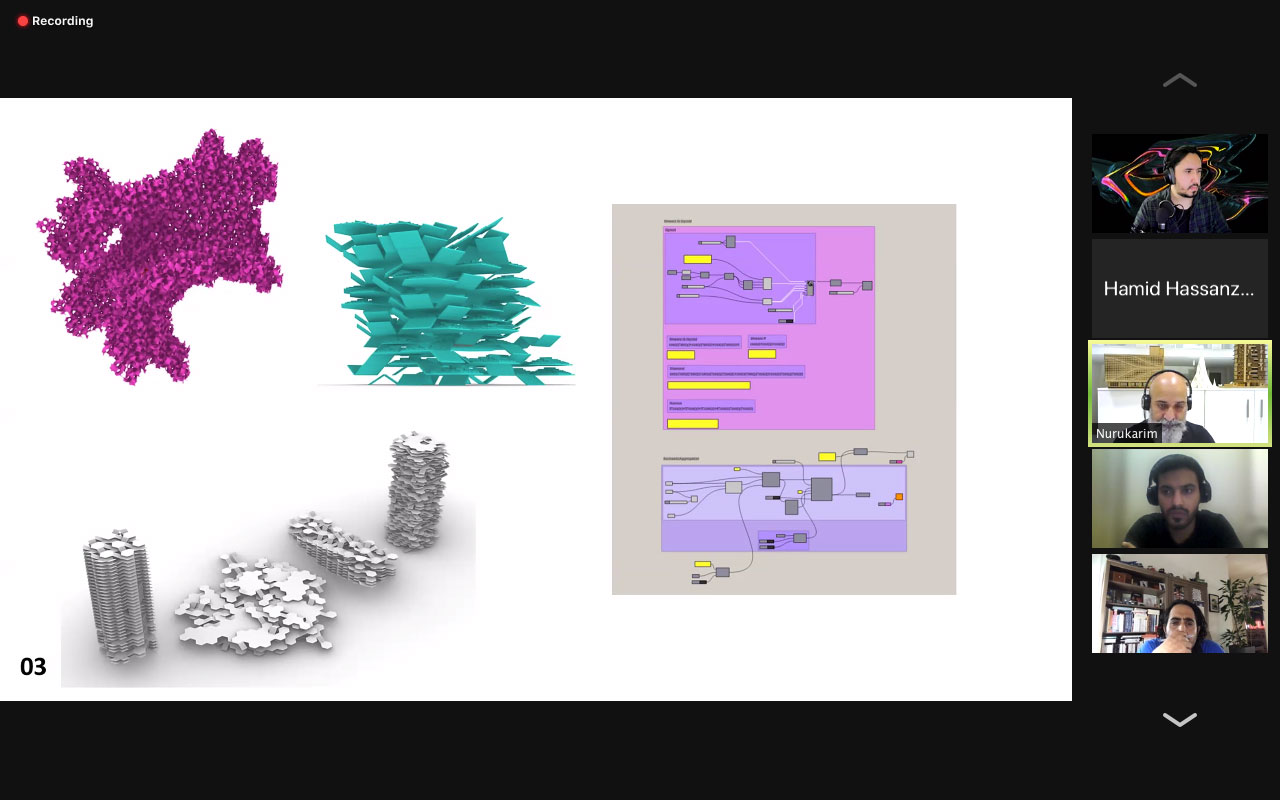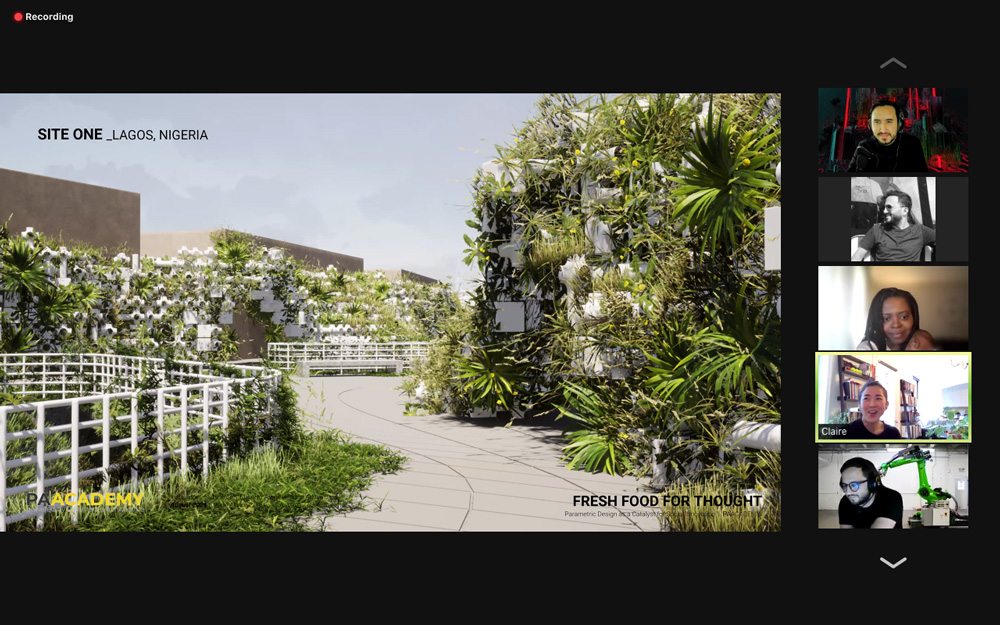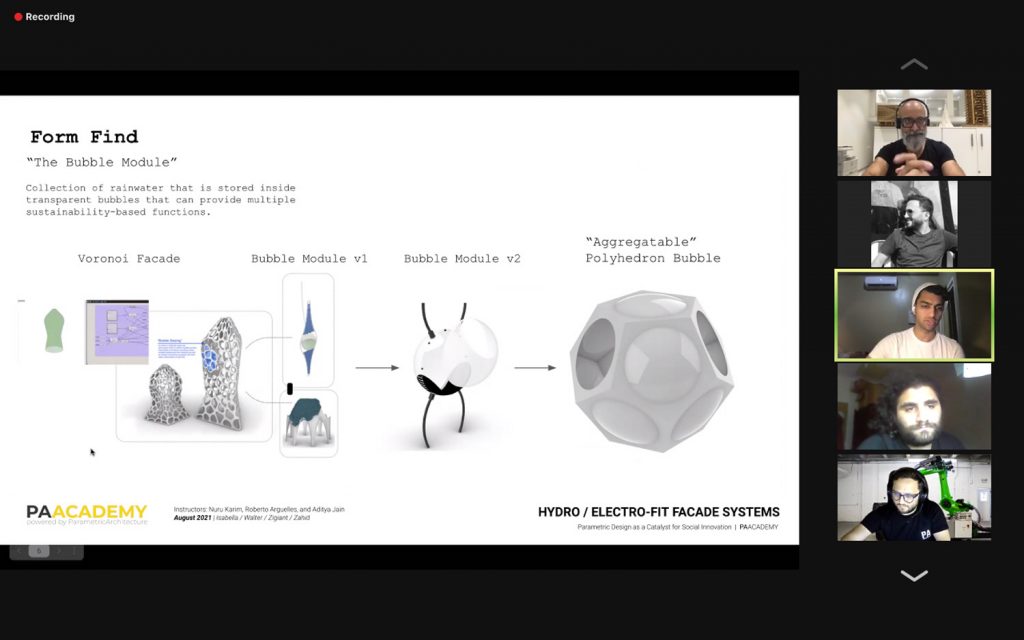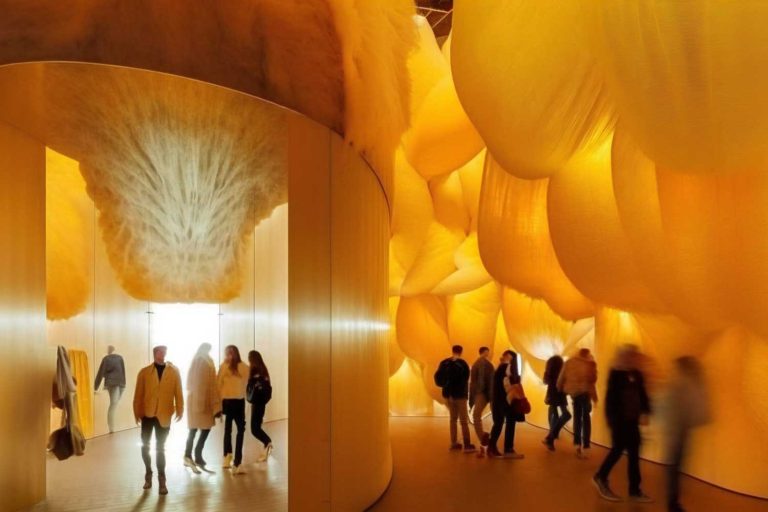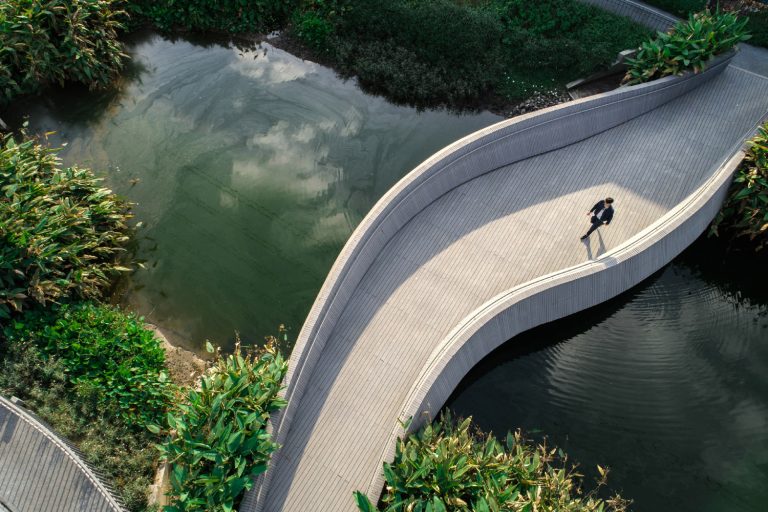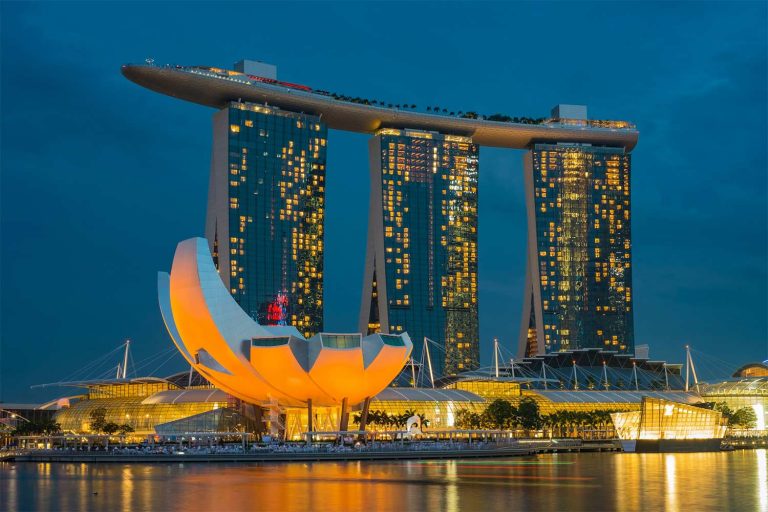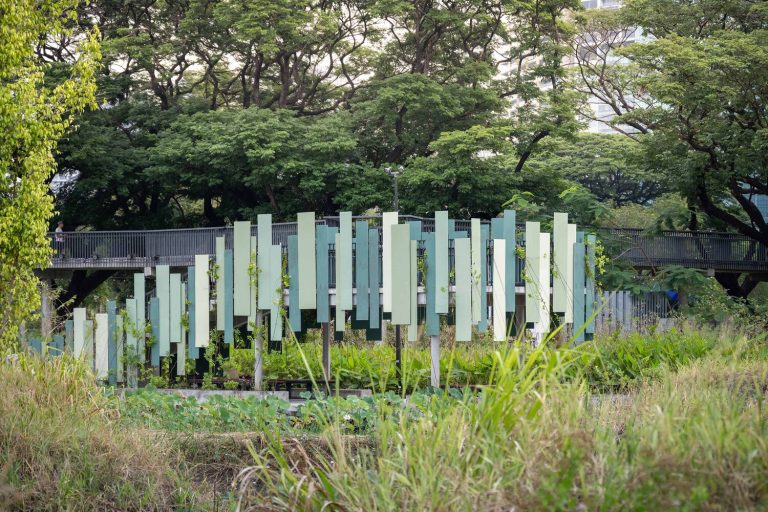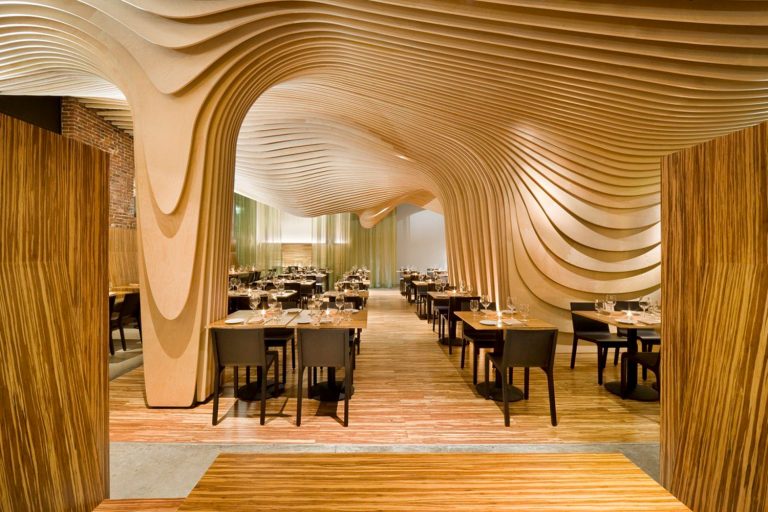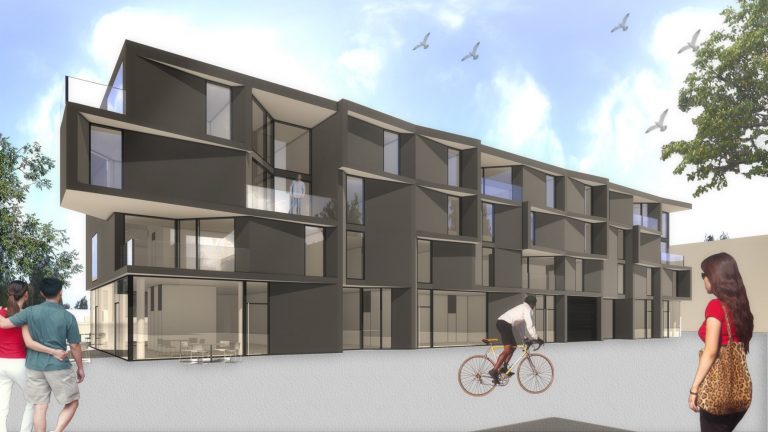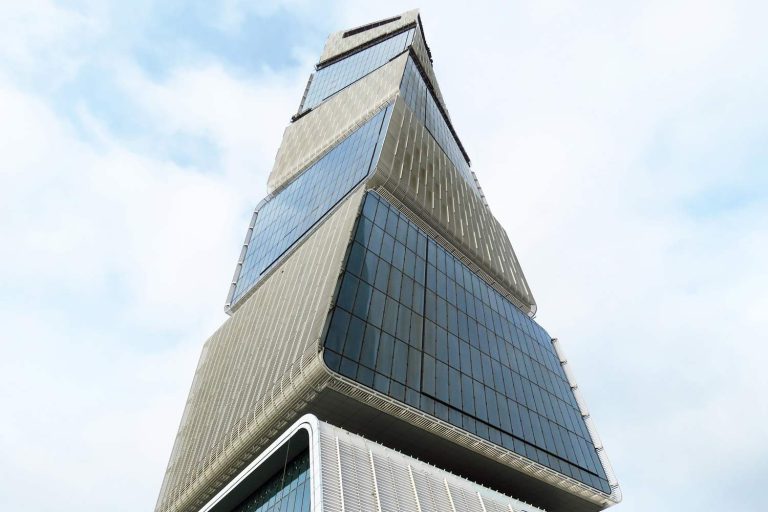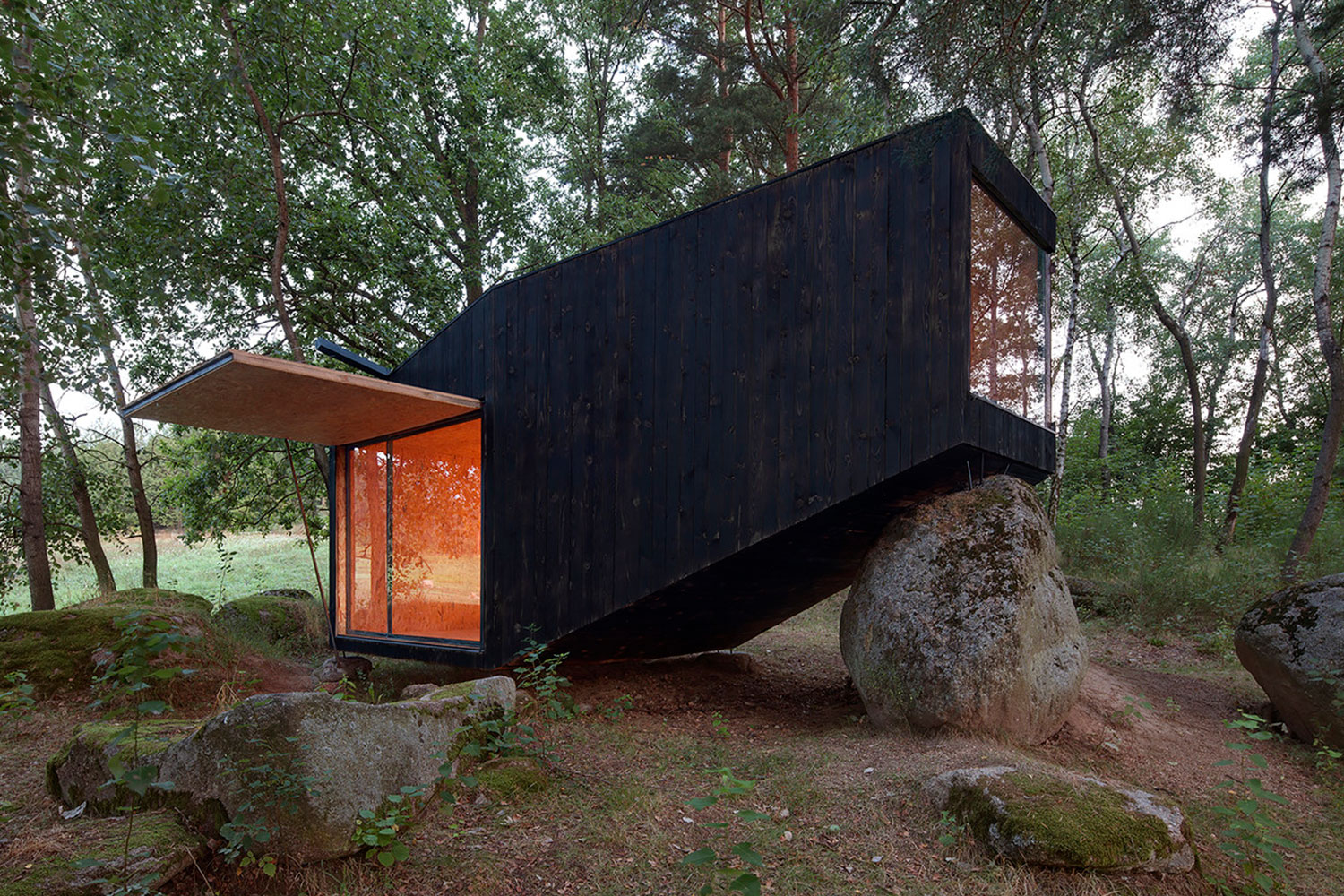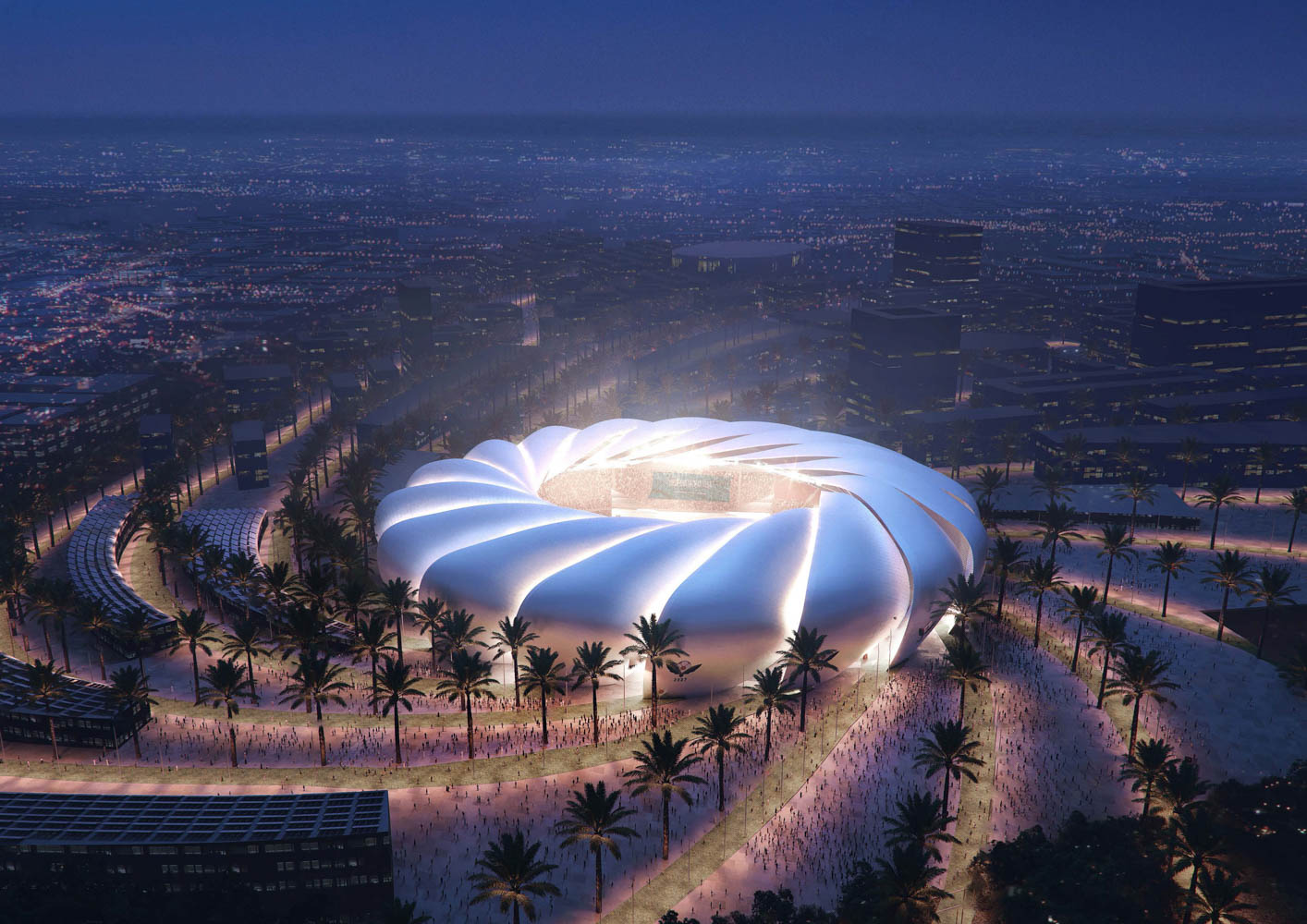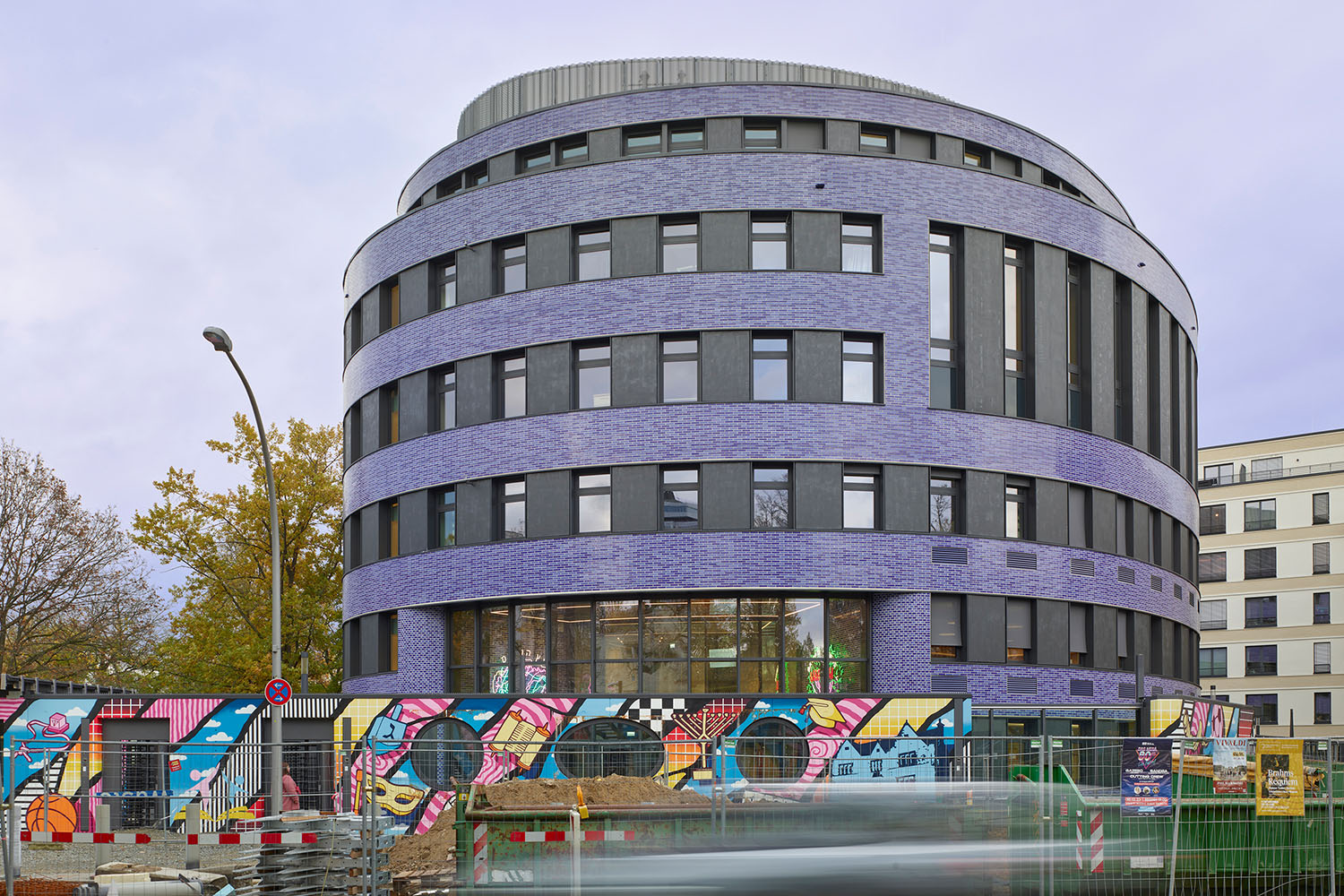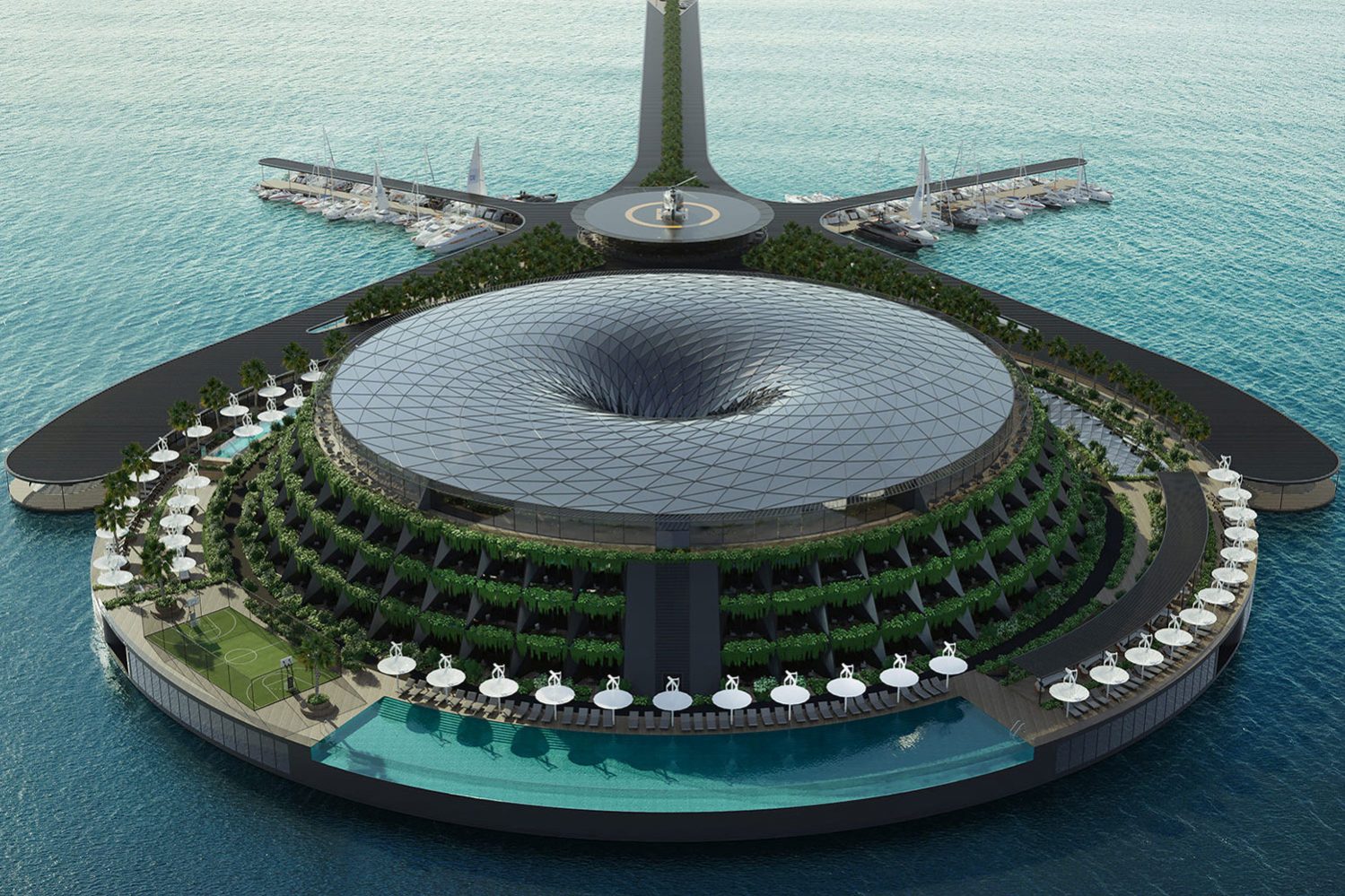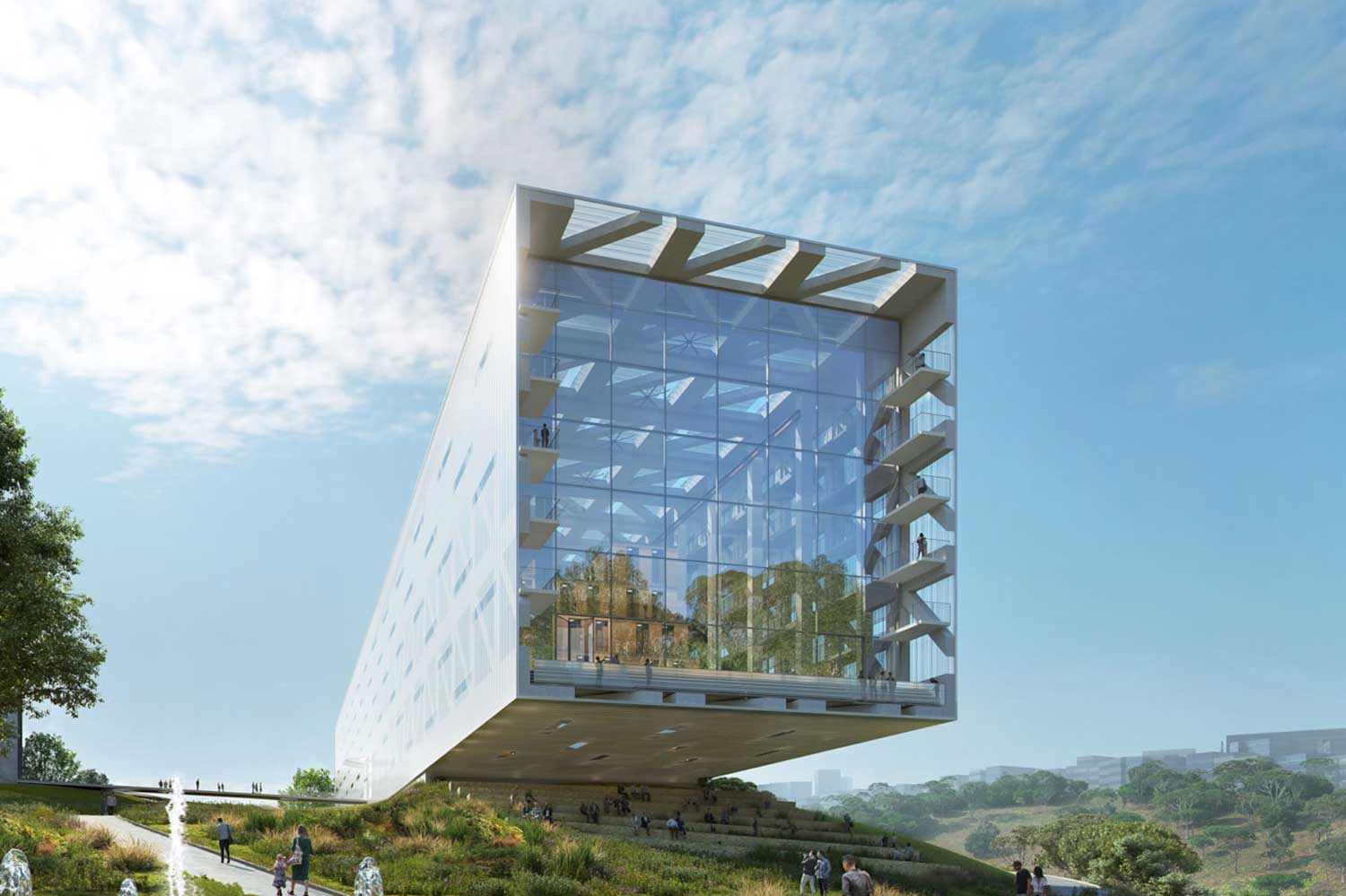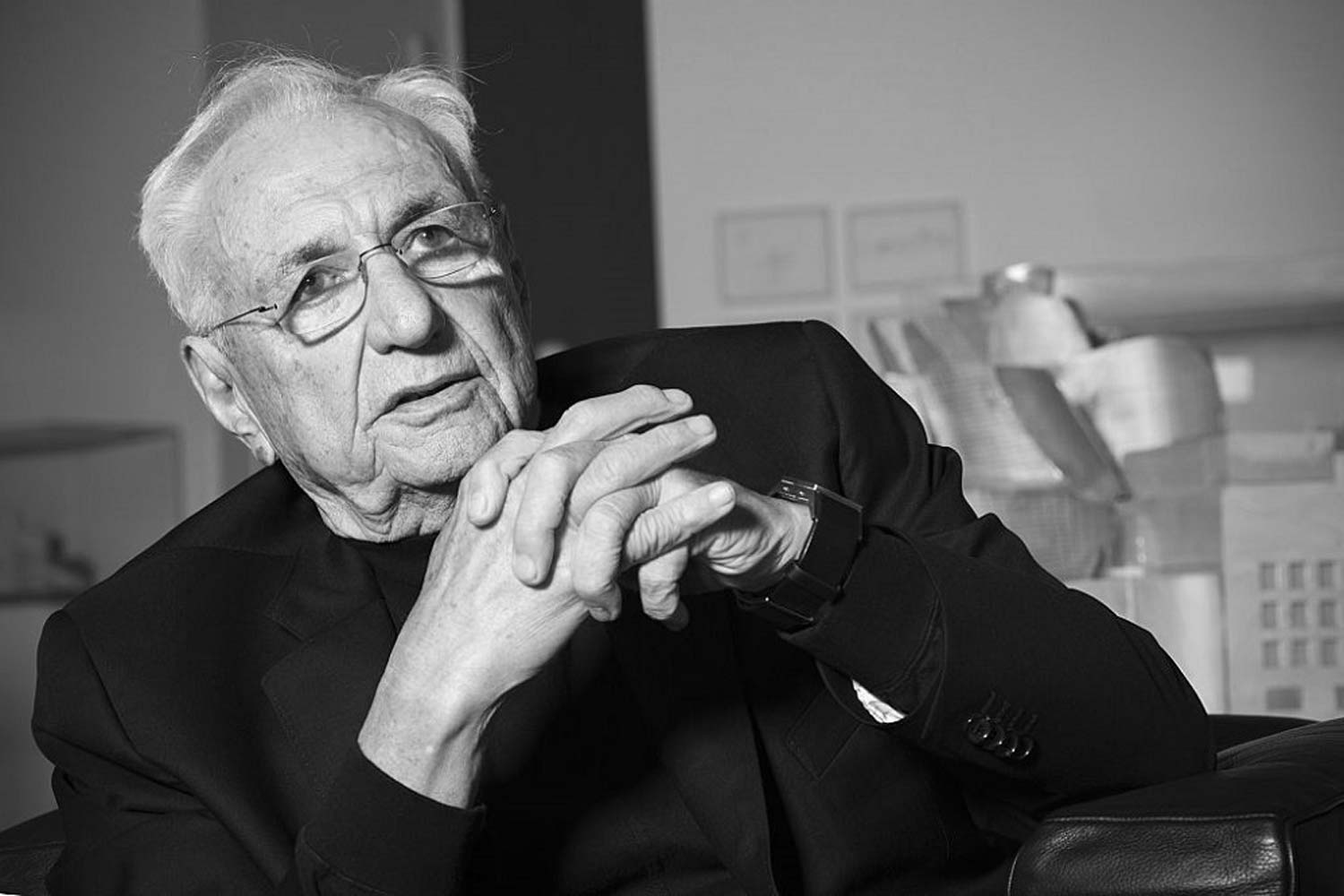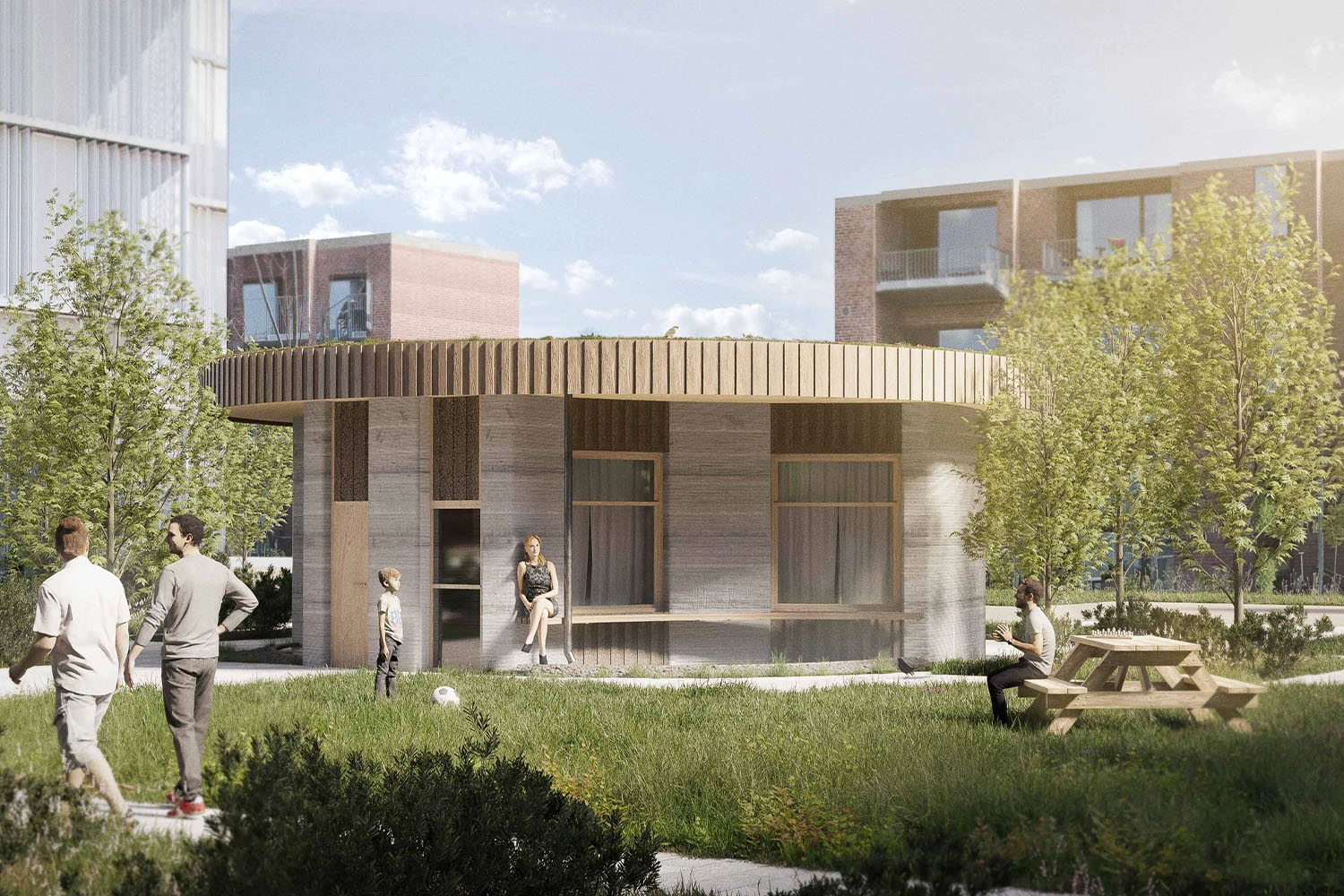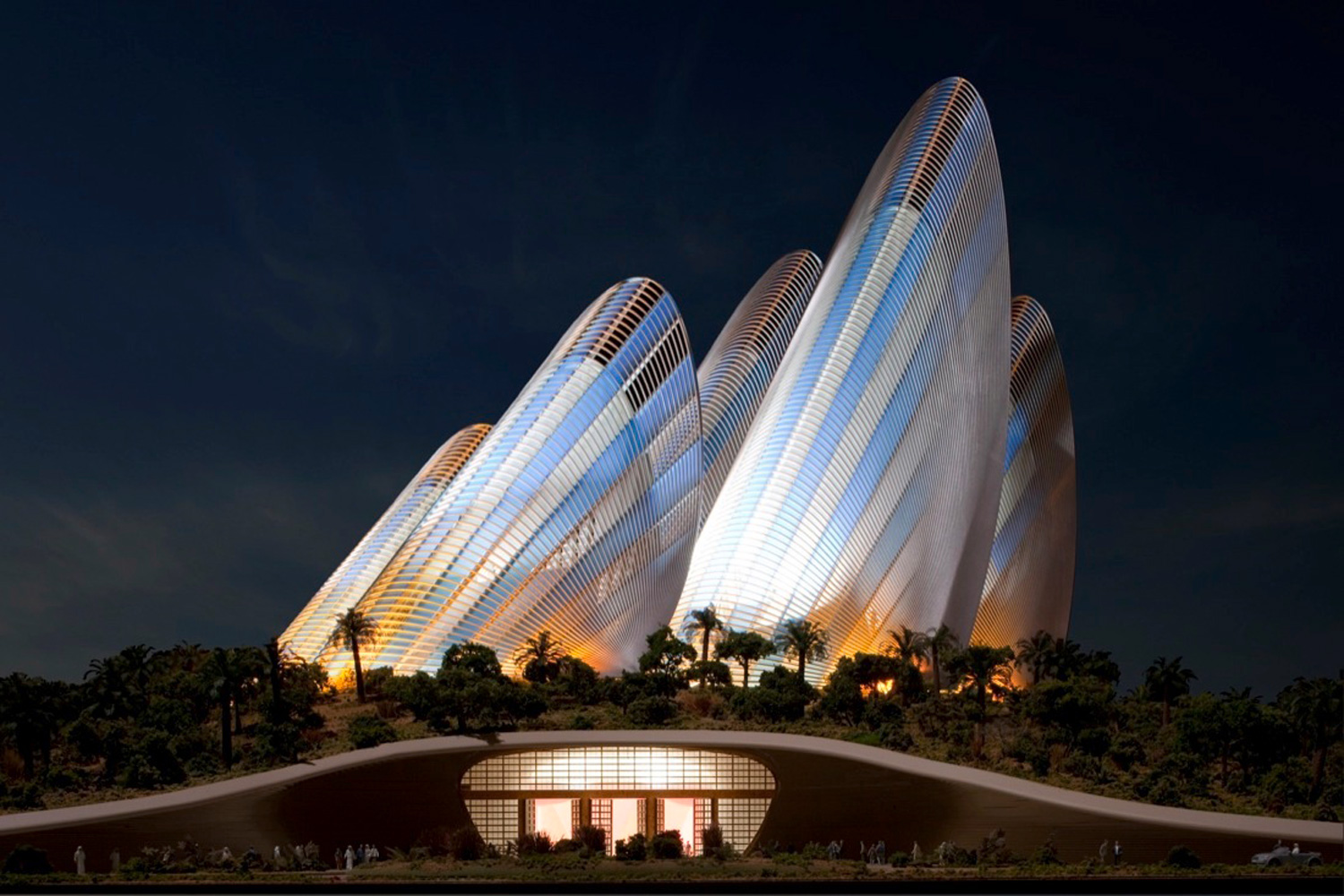The “Parametric Design as a Catalyst for Social Innovation” workshop delivered computational thinking approaches to facilitate our designs during the global warming crisis. The workshop conducted by PAACADEMY in partnership with Studio Nuru Karim investigated the role of computational design in developing resilient, sustainable settings and its potential as a catalyst for social change and innovation.
Learn parametric design and computational tools from the pioneers of the industry at the PAACADEMY:
What happened?
The workshop started with a timeline in history, highlighting the historical type machine, the first computer “ENIAC,” the revolutionary machine that made 3D objects from drawings, and the industrial revolution, changing the entire social and political landscape. The whole flow of the studio was hovering around the four concepts of food security, solar energy, water conservation, education as empowerment, and how computational design techniques can boost the efficiency of related systems.
As an exemplary food security model, a modular hydroponic system was generated in Grasshopper 3D. The aim was to experiment with how geometry could be spatially applied to these systems to optimize the space for agriculture and growing plants. The first step was to review how a hydroponic system works and assign all the technical information to a 3dimensional shape.
Apart from advanced component strategies, the workshop also provided discrete aggregation strategies. Nuru Karim introduced the Triply periodic level surfaces as the minimal surfaces that aggregate in all three dimensions. Then, he showcased multiple aggregation projects using the Anemone plugin.
Presentations
Teams were supposed to focus on computational design possibilities to develop sustainable habitats within an architectural context. Below you can find some of the proposed presentations.
Dami Akinniyi, Claire Tokunaga, Isaac Salame
Isabella Luger, Walter Patrick Smith, Zahid Pasha, Zigiant EL Sarkaoui
Overall, the studio workshop focused on the most prominent global issues and benefitted from component strategies, discrete aggregation strategies, and computational research to develop innovative answers to the problems. So, if you are interested in learning about the contribution of computational design to the realm of sustainable environments, register to Parametric Design as a Catalyst for Social Innovation and watch the recordings of the workshop.
Also, you can watch the PA Talks 42 with Nuru Karim.










